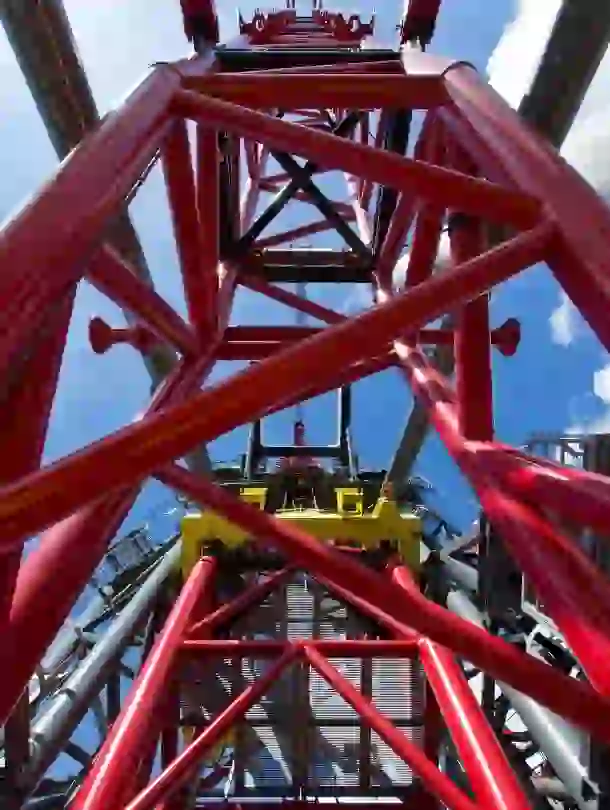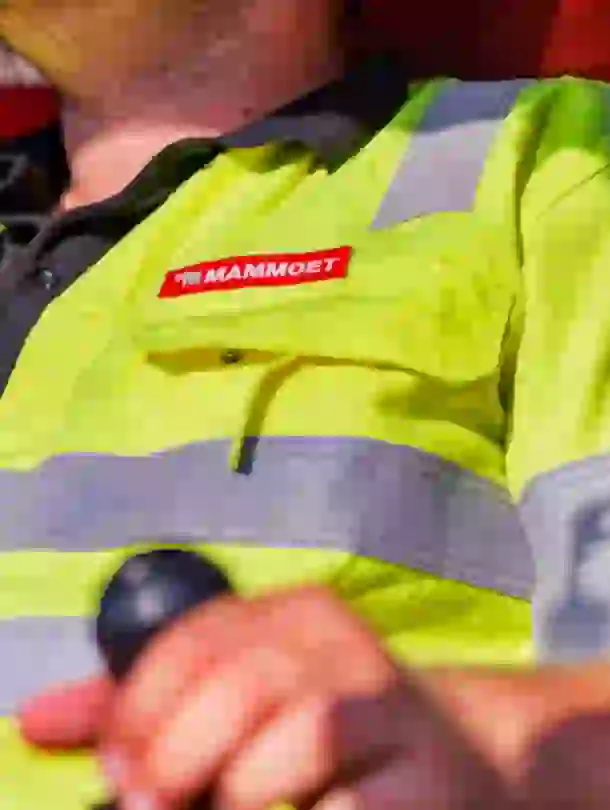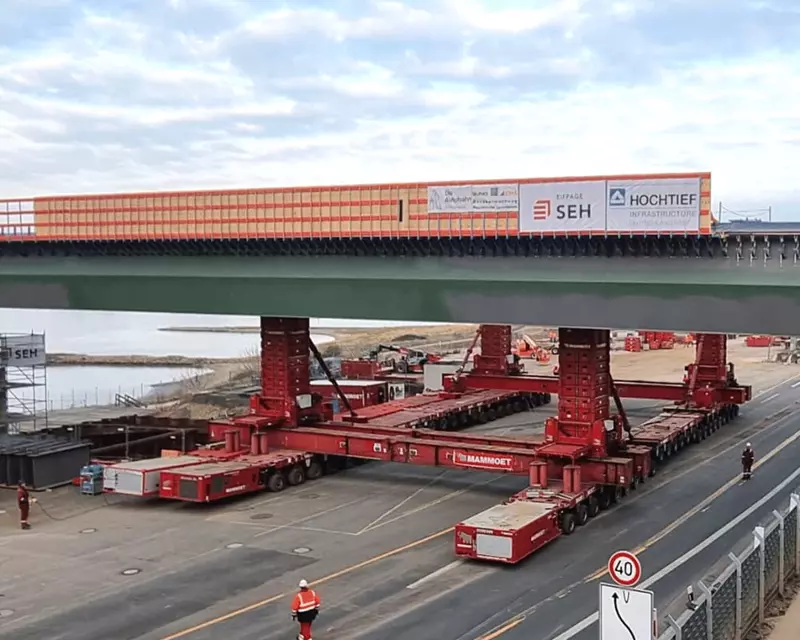
Sector:
Civil Engineering
Expertise:
Crane lifting
Heavy transport
Benefits:
Flexible operations
Reduced disruption
Location:
United Kingdom
Mammoet’s Move3D software delivers a small change in scope with large benefits
HS2 (High Speed Two) is seen as the UK’s flagship transportation project, connecting the West Midlands and London and through 140 miles (225km) of high-speed rail line.
The underground section of the route is created using tunnel boring machines (TBMs), which can measure 170 meters in length and weigh 2,000 tonnes.
Digging through the earth like massive mechanical earthworms, they excavate the spoil and erect the segments that form the tunnel walls.
TBMs are made up of thousands of parts, including many very heavy components that require careful handling when the TBMs are assembled and then again dismantling after their drives are complete.
Align JV – a joint venture between infrastructure companies Bouygues Travaux Publics, VolkerFitzpatrick and Sir Robert McAlpine, is delivering the Central 1 section of HS2 Phase 1 that includes a twin-bore 16km tunnel through the Chiltern Hills.
Having supported Align JV with the assembly of two TBMs, Mammoet was also involved in the dismantling of the TBMs at the North Portal of the Chiltern Tunnel, after their drives were completed.

Second sight
Assembly of the Align TBMs took place at its South Portal site, a large purpose built site that included two factories that manufactured the segments required to line the tunnels, and a slurry treatment plant to process the spoil excavated from the tunnels. Their dismantling of the TBMs would take place at its North Portal site, near Great Missenden.
Simon Crawley, Senior Commercial Manager at Mammoet, met with the team involved in the TBM assembly and visited the North Portal site to understand the different limitations relating to the dismantling – which obstructions existed on site and what space was available.
“We determined that the equipment used to build the boring machines wasn’t necessarily the equipment needed for their dismantling’, said Crawley. “There were different limitations at the two sites. Because there were obstructions in the way, a 600t crawler crane was needed at the construction stage. We believed that a 400t crawler crane would be adequate to perform the dismantling.”
To prove a lower capacity crane could do the job, Simon worked closely with Mammoet Project Manager, Rhys Burley, and the Project Engineer, Antreas Michail to create a detailed visualization of the project using Move3D. This included a full animation of the most complex lifts.
Seeing how the job would be carried out using the smaller crane, Align was satisfied with the recommendations that Mammoet put forward and was able to use a more cost-effective solution.

Dismantling begins
With separate TBMs creating the south and northbound tunnels , two machines needed to be dismantled at the North Portal.
The 400t capacity crawler crane (a CC2400) was used to remove the biggest components from the TBMs. For the heaviest component, the cutter head, an LR1300SX crawler crane was also used to perform a tandem lift.
The components were lowered onto Mammoet Self-Propelled Modular Transporters (SPMTs) before being taken to one of two laydown areas.
Additional crawler cranes, including the LR1300SX and an LR1250 support crane, would offload the components onto the ground or supports for further dismantling.
As the cutter head was too heavy for the smaller cranes to lift, climbing jacks were used to offload it from SPMTs to the ground.

A challenging aspect of the project was the fact that the cutter head’s center of gravity (COG) could not be fully known.
The lifts also needed to be performed on a slight incline. This was because the TBMs exited the tunnel at an angle. Typically, challenges such as this this would result in having to create additional drawings and manage changes before performing the lift. This would add unnecessary delays, depending on how pronounced the differences were with respect to the original project planning.
The team instead came up with an engineering solution that would avoid unnecessary changes, and days or even weeks of potential downtime.
“We used air hoists to make pneumatic length changes and keep the components level,” explains Burley. “It took away that manual element of hoisting chain blocks. It was done on a compressor rather than using manual labor, which was safer and more efficient.”
Right people; right equipment
This project demonstrates how Mammoet utilized everything in its toolbox – people, equipment and knowledge – to deliver a safe and efficient outcome for Align.
Moreover, it shows how it thinks outside the box to find the most efficient way to perform a job and has the means to prove the benefits that a small change to a project’s scope can bring.
“The key challenge was the large amount of equipment and people needed for the project,” closes Crawley. “As the biggest global company when it comes to heavy lift and transport, we knew that we could meet these expectations.
“We were able to offer a full turnkey package, by providing all Mammoet personnel, all the crawler cranes, mobile cranes, SPMTs and jacking systems, and we could also adapt to any changes.”




